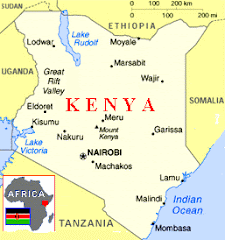One of the most heart-rending results of the devastating May 12 earthquake in China has been the deaths of thousands of children in collapsed schools. More than 13,000 schools in Sichuan -- over 40 per cent of schools in the province -- were damaged. Nearly 7000 collapsed. As many as 10,000 students and teachers may have been killed. The children’s deaths are more than usually tragic among people generally forbidden to have more than one child. Population planners have proved just as heedless of nature as the construction industry and its official overseers in that regard. 
As bereaved parents come to realize the vulnerability of the schools their grief is turning to anger at officials, whom they are accusing of corruption. Beichuan Middle School, at the heart of the disaster, opened in 1998 after taking five years to build, then collapsed in a matter of seconds in the earthquake. More than 1300 of the school’s 2900 students and teachers are either dead or missing. In the small town of Wufu a junior school was reduced to rubble, burying the children, while the buildings around it stood firm. “We believe this disaster was man-made,” said a parent who lost his son.
Local authorities have promised an investigation and say that builders will be held responsible for shoddy work. Yesterday an official in Sichuan withdrew from the prestigious Olympics torch relay as "atonement" for construction problems at collapsed schools. The government has moved quickly to offer families whose children have been killed or disabled exemption from the one-child policy.
But the Beichuan earthquake is a wake-up call to more than the Chinese. Experts attending an international conference on school safety in Islamabad, Pakistan, shortly after the quake warned that the problem of poor buildings was widespread, and not just in developing countries.




No comments:
Post a Comment